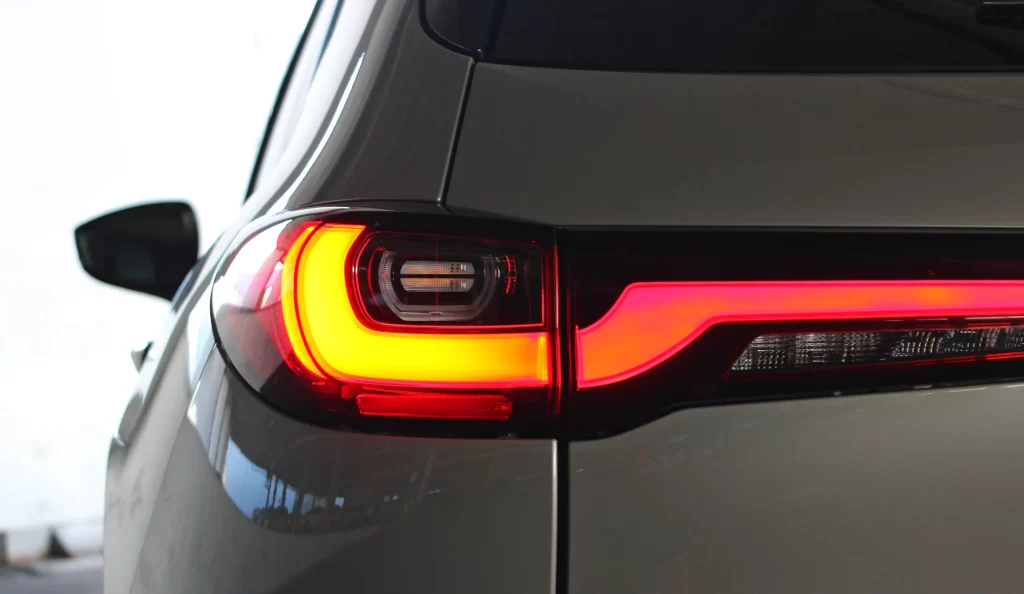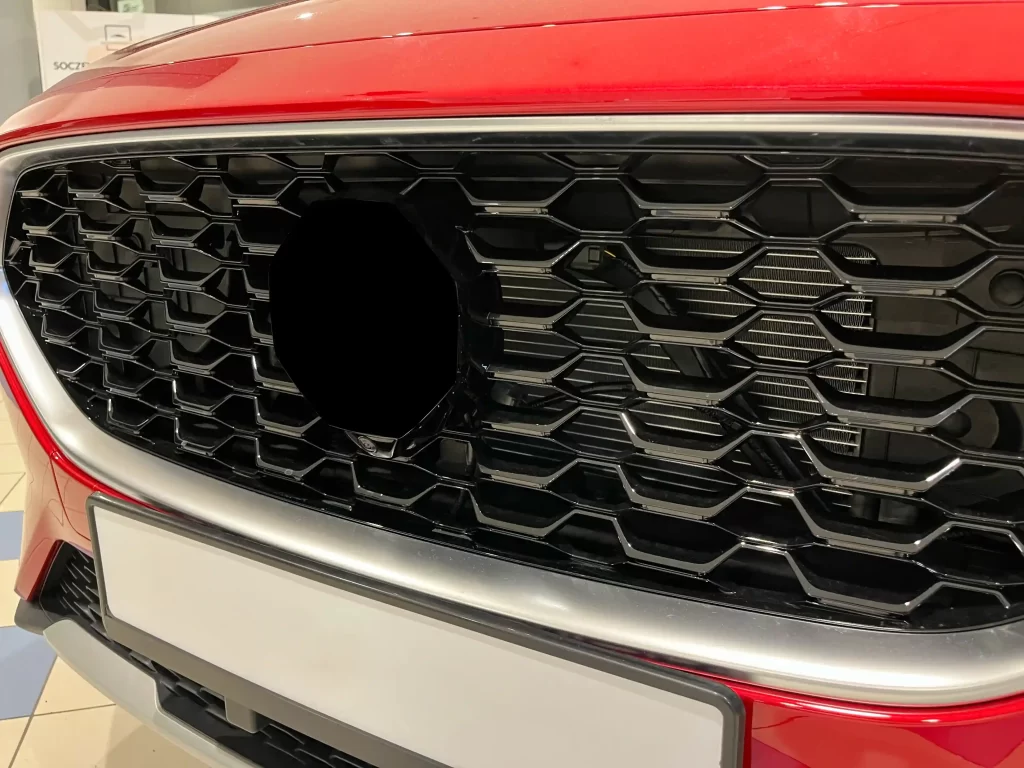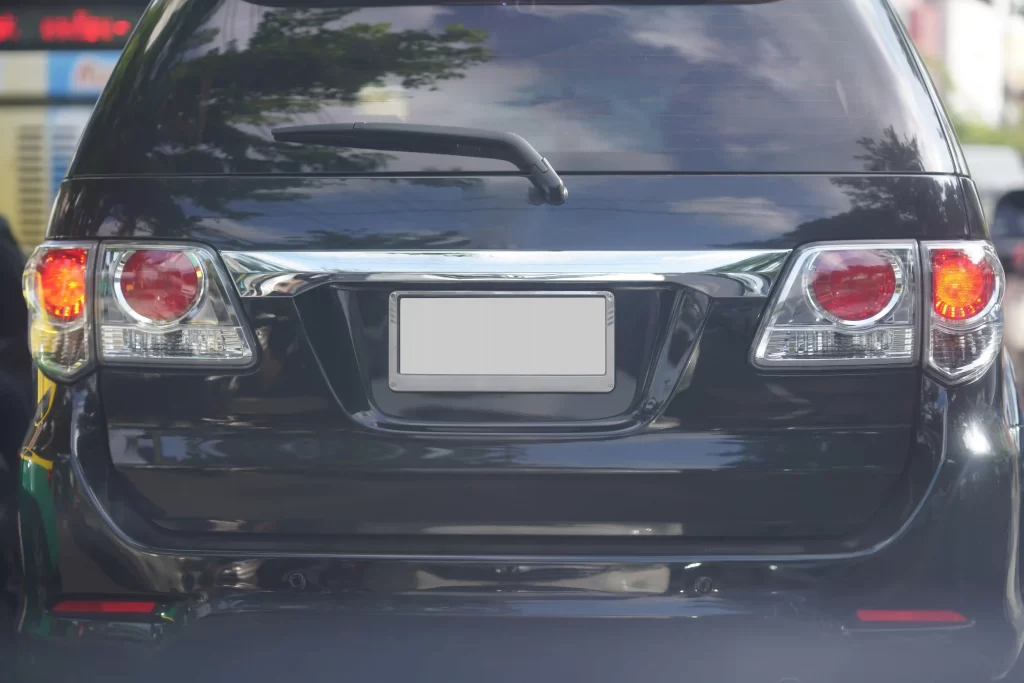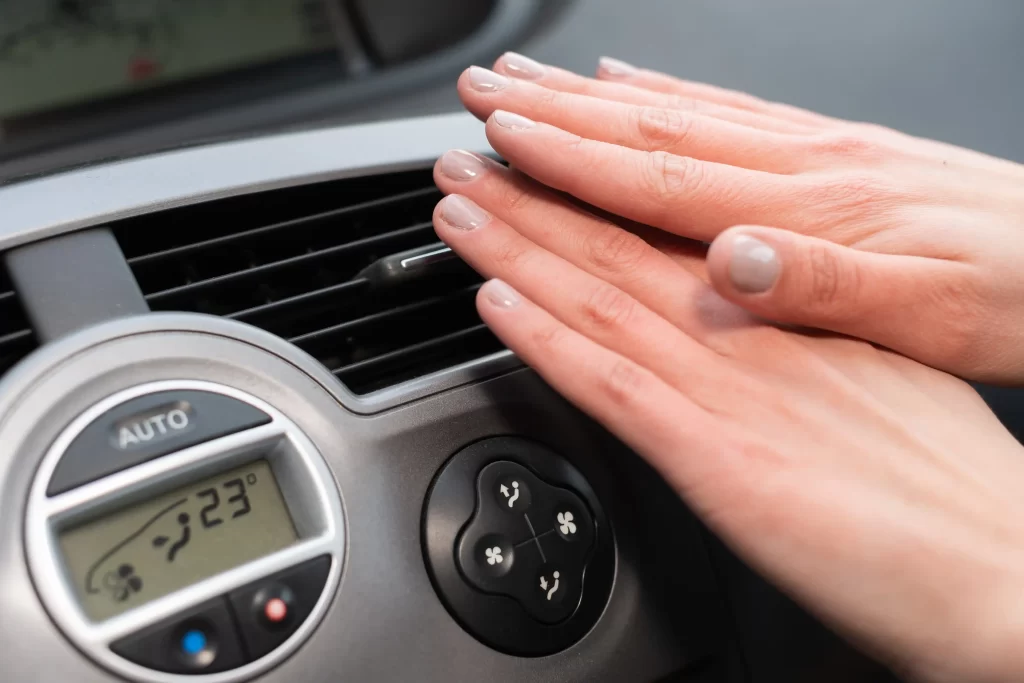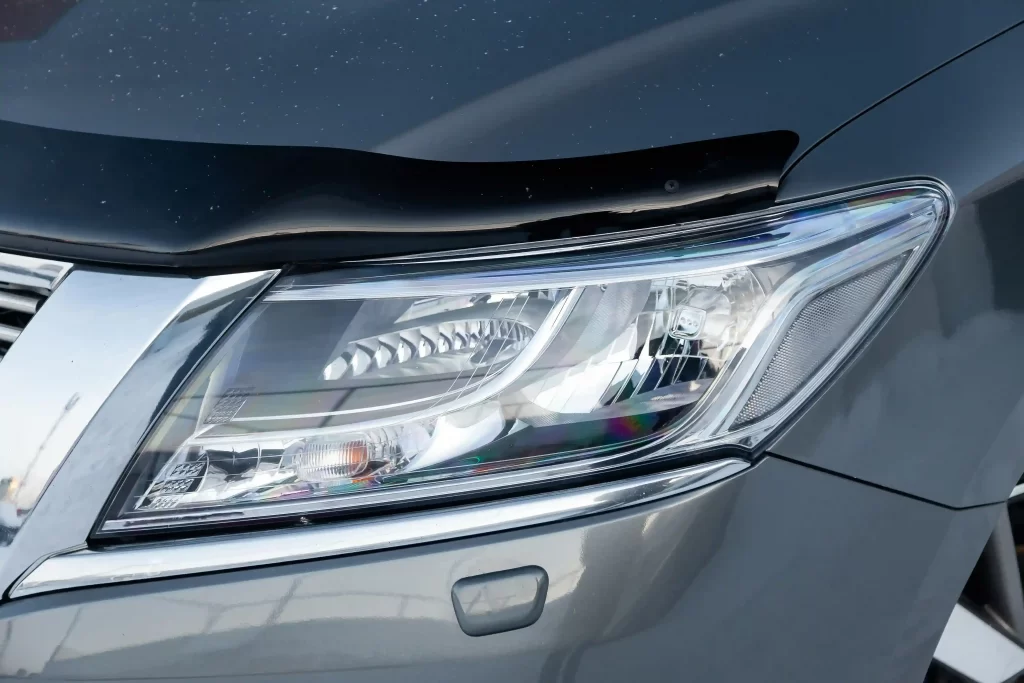Choosing the best body kit can revolutionize your vehicle’s appearance and performance. Looks aside, kits enhance aerodynamics, maintain functionality, and allow owners to develop an emotional connection with their vehicle. With so many options on hand, it is worthwhile to understand what to anticipate from different kits and how to compare their choices to each other. A body kit can convert an ordinary car to a head-turning vehicle and provide some clandestine performance enhancements. The upgrades are likely to make the car more responsive to the driver, with better control and owner pride. Whether luxury, sporty, or custom appearance is desired, spending in an appropriate body kit is worth the long-term investment. Let’s roll up our sleeves in terms of how a body kit influences car style, performance, and personalization, and what you need to consider before investing.
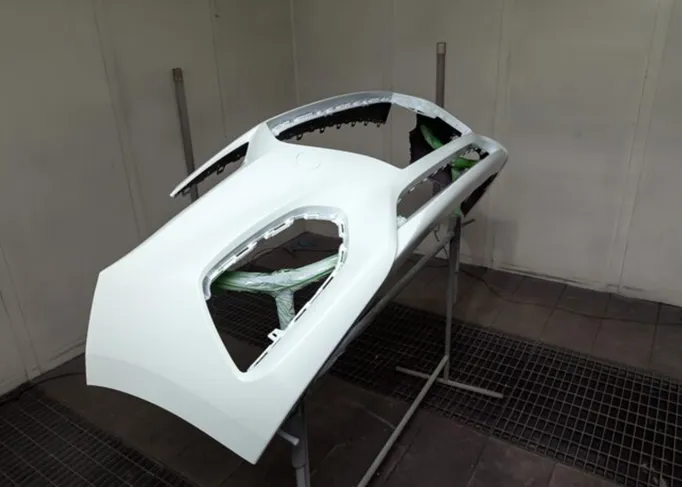
Exploring the Purpose of a Body Kit
A body kit is more than cosmetic overhaul but more of a complete package of upgrades that impacts the personality of a car as a whole. Whether a front bumper, rear bumper, side skirt, or kit of items, each of the components of the kit is contributing to making the car special, aerodynamically enhanced, and in some cases, more functional. Body kits are being met with enthusiasm by car owners basically because they can enable customization beyond factory lines with an individual touch to each vehicle.
Redefining the Look of a Vehicle
A body kit gives a car an instant face-lift from being normal to something higher, powerful, or aggressive. By adding upgraded bumpers, valances, and skirts, the car is more pleasing to the eyes on the road and leaves an indelible mark on its onlookers. The modification is primarily done on sport models so that car owners can achieve a prestige look without purchasing a new model. From stern front facia, sharp side skirting, to the refined rear bumper, all details play a vital function that renders the car conspicuous when it’s on the highway, at an automobile show, or just cruising about.
Enhancing Aerodynamic Performance
Though looks are often the major reason why individuals buy a body kit, the aerodynamic advantage is just as much it’s worth. An ideally tuned kit helps the vehicle by improving airflow around the vehicle, reducing drag, creating greater downforce, and providing stability at high speed. Even while driving normally, the car becomes stable and solid, and cornering under high speeds is more predictable. Individual parts like front splitters, side skirts, and rear diffusers all work together to regulate air movement in a manner that air passes over the car body smoothly without causing turbulence and providing stability under any driving condition.
Creating a Personalized Driving Experience
Body kit makers consider a body kit as individuality. Instead of being lost in the stream of traffic, their vehicles possess that personal touch and style. A well-crafted kit for your car combines personality and functionality for the driver, making the car’s appearance combine personality without compromising comfort, safety, or drivability. It’s a customized experience that is more than aesthetics; drivers feel more secure and emotionally attached to their vehicles once installed. The ability to choose materials, finishes, and styles allows every owner to come together with a car that best embodies personal values, lifestyle, and driving habits and therefore transforms every outing into an enjoyable and rewarding experience.
Key Features to Consider in a Body Kit
Prior to choosing a body kit, certain aspects need to be treated gently so that the investment will bring about satisfaction in the long run. Compatibility, material, and style all determine whether the kit will be adding to the vehicle’s aesthetic value as well as functionality. Ignoring any of them may result in improper fitment, money wastage, or a displeasing aesthetic result.
Compatibility with Specific Models
The key to all of this is ensuring that the kit is designed for the exact make, model, and year of the vehicle. Kits designed for specific cars guarantee correct alignment to factory mounting points, without going overboard on overmodification or risking improvisation. Incompatibility in precise parts guarantees working features such as sensor holes, exhaust spacing, and fog light positions are not sacrificed. Installation of the incorrect or generic kit leads to misalignment, detracting from aesthetic appeal and even compromising vehicle safety systems. Thus, attention to precise model specification ensures seamless fitting and best performance.
Material Quality and Finish
Body kits are made of a wide range of materials including ABS plastic, fiberglass, polyurethane, and composite. All the above materials incur a trade-off in durability, flexibility, and surface finish. For instance, ABS plastic is durable and light, fiberglass is castable into custom forms but is also brittle, and polyurethane has a combination of impact and flexure. A kit made professionally resists sun, water, and heat variation without warping or discoloration, and provides a surface that will coat evenly for a professional finish. Investment in quality materials ensures longevity, reduces maintenance needs, and prevents early damage or cracking due to road hazards or minor crashes.
Styling and Overall Cohesion
The car fitted with mismatched or poorly fitting parts never has the aerodynamic styling enthusiasts prefer. A well-designed body kit achieves a consistent design language for all the components, ranging from the front bumper, side skirts, to the rear bumper, such that the car possesses an integral appearance. Such unification ensures that all the pieces are compatible with each other, whether for a sporty, luxurious, or aggressive appearance. Well executed, the body kit elevates the personality of the car to create a harmonious visual impression that conveys performance, sophistication, or uniqueness. Cohesive design also helps in maintaining the resale value of the car by being professional and meaningful rather than an impulsive alteration.
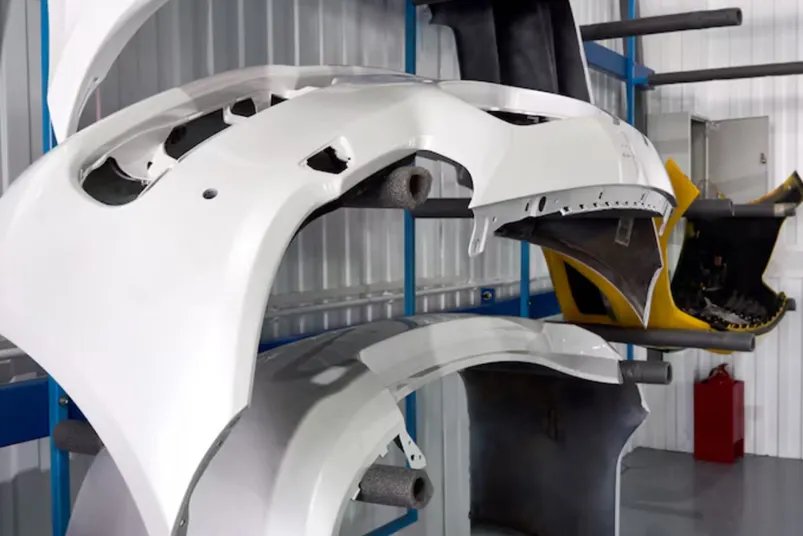
Types of Body Kits and Their Applications
Different styles of body kits suit the broad range of needs among car owners. From subtle changes enhancing daily appearances to radical overhauls mimicking sport models, there is a kit that can completely reverse both the appearance and performance-enhancing aspects of the vehicle on its head. Familiarity with the differences allows drivers to choose the optimum kit for their use, budget, and preference.
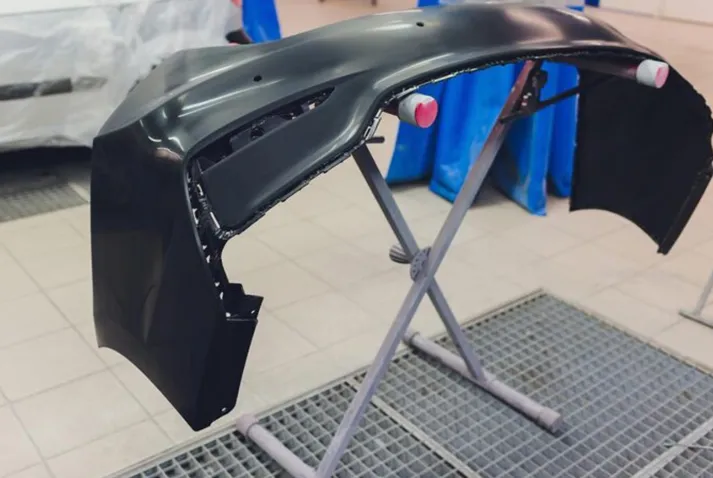
Full Body Kits for Complete Transformation
Full body kits include all major exterior modifications such as bumpers, side skirts, spoilers, and sometimes integrated exhaust trims. These kits are ideal for drivers seeking a comprehensive change. The car gains a completely new road presence, resembling premium models, while maintaining the underlying vehicle’s reliability and safety. Installing a full body kit often requires professional expertise, but the results can transform the vehicle’s identity entirely, providing a cohesive and visually striking appearance.
Partial Kits for Targeted Upgrades
Other people are owners who wish to upgrade just some of the features of the car, such as the front bumper, rear diffuser, or side skirts. Partial kits allow them to target the most visible areas without spending so much and making the installation more complicated. For example, strengthening only the front bumper alone can have greater visual impact without altering the entire appearance. Partial kits are also a strategic way of trying out an introductory new look or performance feature without going all the way in with an all-inclusive makeover, whereby owners can modify their customizing plan along the way.
Style-Focused Kits for Custom Identity
They are presented in stylized kits whose appearance is the ultimate objective, duplicating upscale trim or introducing aggressive aftermarket styling. The kits won’t necessarily improve aerodynamics but give the vehicle that elevated, personalized look. Style-focused body kits allow owners to achieve sporty, luxurious, or aggressive designs within budget limitations and without total structural modification. Enthusiasts who want their vehicle to become uniquely different in appearance, focusing on personality and individuality of car style, find them particularly appealing.
Practical Considerations Before Installing a Body Kit
Even the most sophisticated body kit requires adequate planning and preparation before installation. Government regulations, budget control, precision fitting, and finishing details have practical implications on the success of an upgrade project. Awareness of these implications guarantees that the installation is free from problems and achieves the greatest return from the upgrade.
Balancing Budget and Long-Term Value
While entry-level kits might appear inexpensive, other external costs such as professional paint, shipping, and installation would push the total cost upwards. Premium kits, even with a higher initial cost, provide better fitment, longevity, and finish quality, reducing rework or replacement costs. Total cost of ownership analysis enables customers to get their money’s worth and prevent hidden costs that would detract from the quality of the upgrade. Lowing space for other costs such as labor and paint color matching is extremely crucial in the course of enjoying a professional and long-lasting result.
Ensuring Legal and Safety Compliance
Car modifications are under laws that vary geographically. A change kit to alter bumper heights, light placements, or exhausts can be against highway safety laws. An examination of whether the chosen kit is compatible with the local laws prevents the hassle of fines, registration, or safety risks. Adherence to safety rules of compliance keeps the functionality of features such as airbags, parking sensors, and impact protection systems in good shape, preventing latent compromise in occupant safety.
Fitment Accuracy and Professional Installation
Even when a kit is designed for a specific car, proper fitment is necessary. Poorly fitting kits typically causes gaps, misalignment, or appearance irregularities, and lowers appearance and performance. Professional fitters ensure proper alignment, structural soundness, and reduce damage potential during installation. Professional fitment also ensures that integrated elements like sensors, fog lights, and exhaust pipes remain functional to render the car fully operational without compromising a smooth, personalized appearance.
Conclusion
A body kit is not just a styling accessory—rather, it’s a well-planned enhancement that alters the face, dynamics, and relationship an automobile has with its owner. From compatibility to material quality to styling balance and expert fitting, all things matter on everything. Full body kits present full makeovers, half kits present targeted improvements, and style-specific kits allow owners to make a statement about uniqueness. When well-chosen and fit, a body kit improves appearance and performance, maximizes resale value, and adds enjoyment to driving. Well-chosen selection makes an ordinary car one that is good-looking, aerodynamically efficient, and emotionally interesting, expanding all dimensions of ownership. With careful attention to detail, careful option examination, and long-term return examination, car enthusiasts can make an informed decision and in their arsenal possess a car that becomes an extension of themselves and passion for driving absolutely. Welcome to visit us at Mercedes-Benz BMW Headlight, tail light mill, body kit OEM&ODM factory manufacturer to learn more details.

